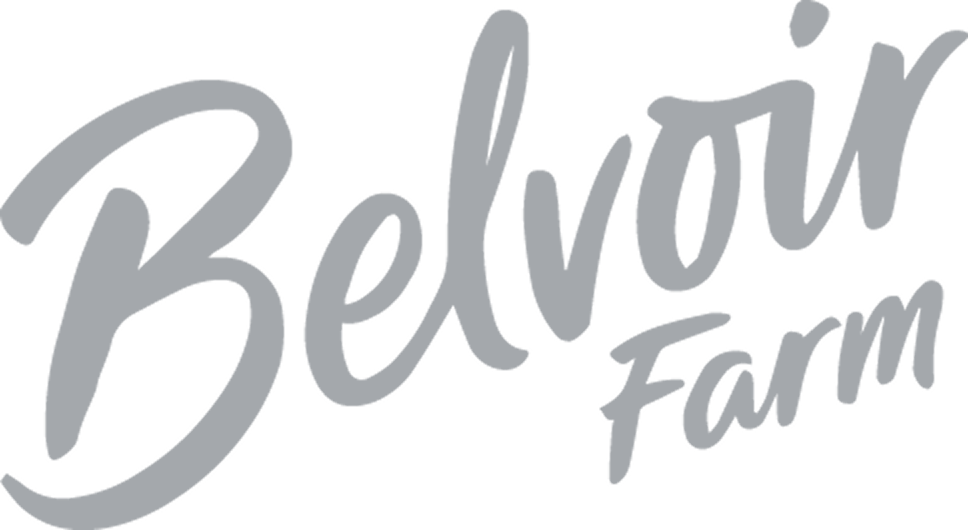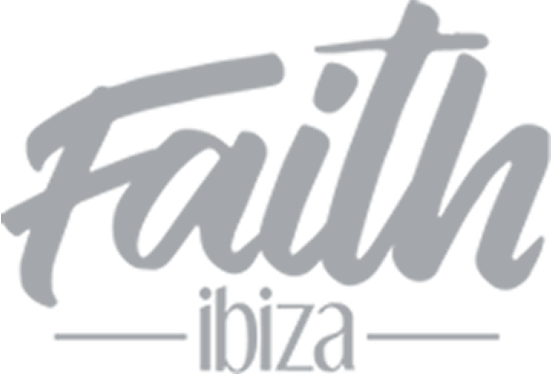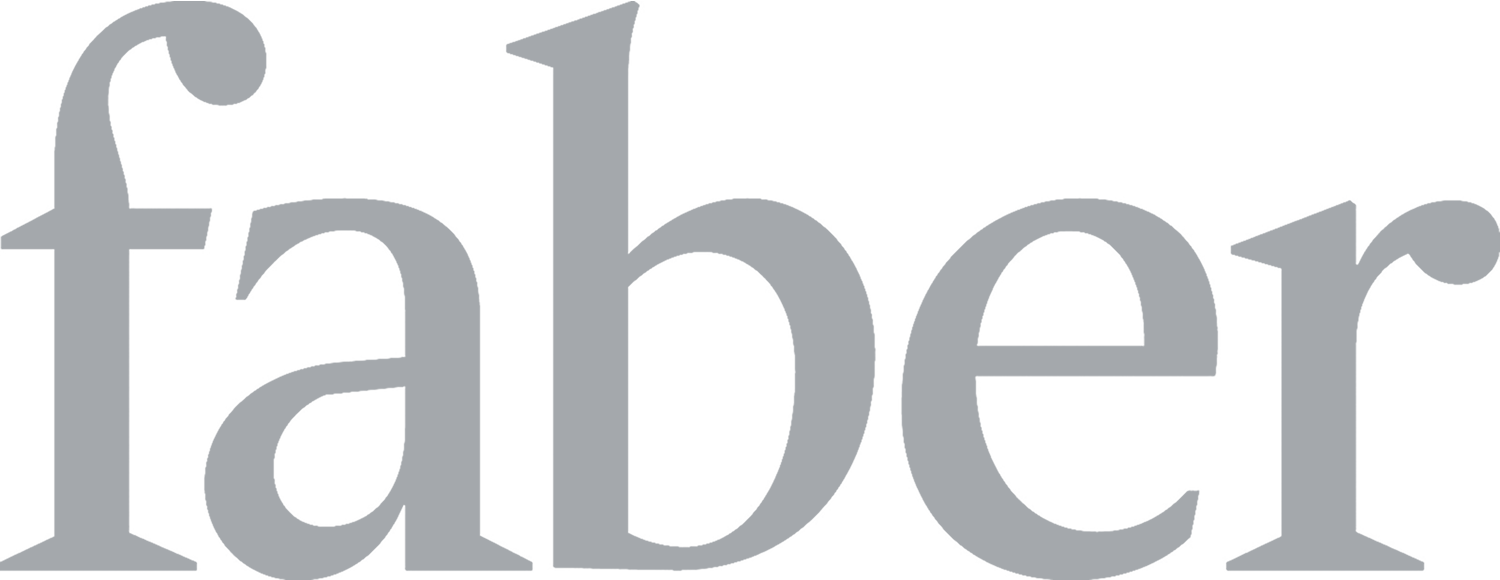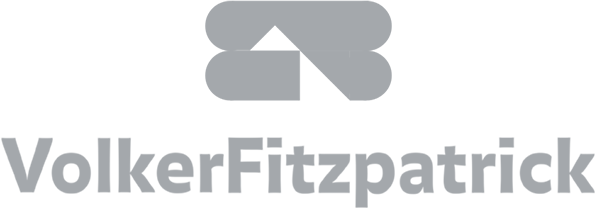SEO is a long-term investment, and results typically start to show within 3 to 6 months. However, the timeline can vary depending on your industry, competition, and the current state of your website. At Yellowball, we take a data-driven approach, ensuring your website is optimised for sustainable growth. We focus on delivering measurable improvements in rankings, traffic, visibility and, crucially, conversions over time.
SEO that bounces you to the top
We’re trusted by ambitious brands to rank on page 1 for the search terms that matter – driving visibility, high-quality traffic, and measurable results that fuel real growth. Get in touch








SEO campaigns that work as hard as you do
As a leading boutique, London-based SEO agency, our SEO consultants can help you with everything from eCommerce SEO, SEO Audits, technical SEO and SEO migration.
Proven results that keep you on top
With 95+ 5-star reviews and over a decade of experience, we’ve helped clients across every industry climb to the top of Google and stay there, driving lasting results.
Expert team & flexible packages
Our SEO experts create data-driven strategies that deliver. Our packages start at just £1,500/month on flexible 3-month terms, so you can focus on growth.
92 %
of clients stay with us
92% of our clients stay with us for a year or more, because when you build trust and deliver real results, why go anywhere else?
SEO tailored to you
From ambitious start-ups to global brands, we design SEO campaigns that align with your goal – delivering high-quality traffic, boosting revenue, and fuelling growth.


























